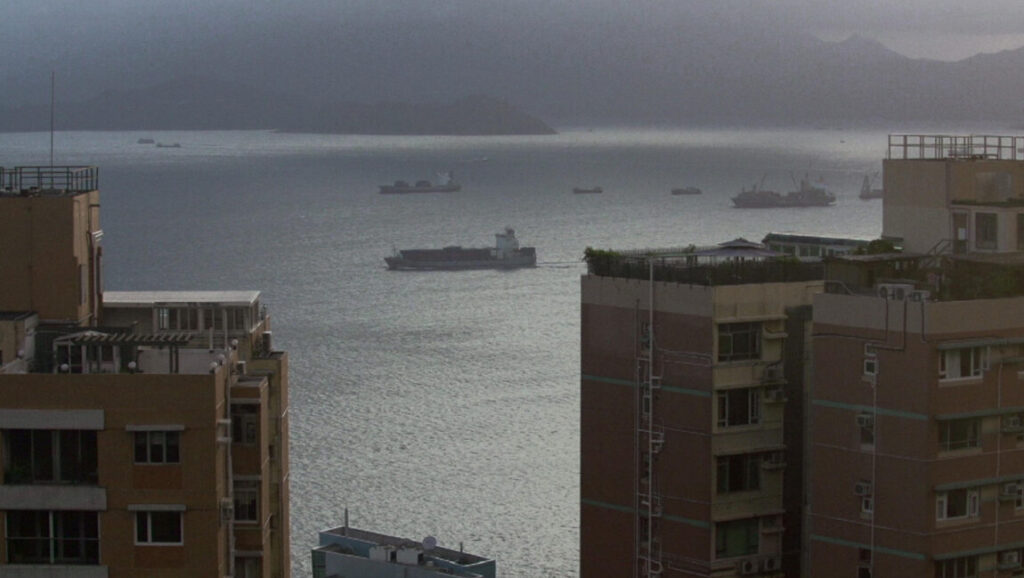In the early 1980s, as the West was succumbing to the avaricious allure of Reaganism, Taiwan was undergoing a profound, progressive transformation. The country began to democratize in the wake of the Zhongli incident, and became a global economic power, as trade unions proliferated and salaries rose across the country. The children of the ’50s and ’60s grew up and, having spent their youth combatting a flummoxing identity crisis inherited from their parents, they began to explore the tumult of the interim decades in art. In 1982, what would come to be called the Taiwanese New Cinema was engendered by In Our Time, an anthology film featuring a now-seminal segment directed by Edward Yang, who would, along with Hou Hsiao-hsien, become one of the progenitors of the Taiwanese New Wave. (Yang’s final film, Yi Yi, became something of a liaison for American audiences, bringing widespread attention to Taiwanese cinema.) The movement drew considerable influence from Neorealism (the languorous pace of In Our Time, the sun-soaked exteriors and beautiful banality of Hou’s early coming-of-age trilogy). With “flat,” symmetrical compositions (what David Bordwell calls “planimetric”), assiduous framing, and an insouciance towards traditional dramatic narrative architecture, these political, youthfully vigorous films vivisected the tensions afflicting previous generations — the nebulous identities of Chinese expats, the acrimony felt by natives toward Taiwan’s myriad immigrants fleeing the mainland (i.e. Yang’s four-hour opus A Brighter Summer Day, perhaps the zenith of the New Wave) — and portrayed quotidian Taiwanese life with unsentimental sincerity.
Making her feature film debut, Hsieh displays a dexterous sense of direction and paces the documentary fluidly, allowing clips to play-out, allowing interviewees to speak without interruption.
Hsieh Chinlin’s essayistic Flowers of Taipei: Taiwan New Cinema is a formally poised paean to this movement, with an aesthetic that pays playful ode to the films in discussion, and a bevy of erudite, earnest conversations between critics and filmmakers, including Olivier Assayas, Kiyoshi Kurosawa, Wang Bing, Jia Zhangke, and Apichatpong Weerasethakul. The film could have been just a Blu-Ray bonus feature, another documentary comprising clips accompanied by voiceovers explicating these works, but Hsieh, who studied piano, the fine arts, and French literature before embarking on a career in film, is a master craftsman. Making her feature film debut, she displays a dexterous sense of direction (all those beautiful pillow shots and the way she shoots interviews stylishly, but never distractingly or garish) and paces the documentary fluidly, allowing clips to play-out, allowing interviewees to speak without interruption. The film traverses the globe, analyzing the influence the Taiwanese New Wave had on world cinema (i.e. Kurosawa, who began his career in Japan around the time the second wave of New Taiwanese cinema was beginning, in the early 1990s, expounds on the way the Taiwanese aesthetic influenced his early films; and indeed, one feels the presence of Yang, I-Chen Ko, et al in the astute framing and static camerawork in Kurosawa’s 1997 masterpiece, Cure). Hsieh’s one mistake is a perfunctory, somewhat sardonic interview with Tsai Ming-Liang, whose films came almost a decade after In Our Time; the slow cinema auteur refutes claims that he was “part of” the Taiwanese New Wave, and his brief, desultory appearance, which should have been left on the proverbial cutting room floor, seems to exist simply for fans. But this disruption, the penultimate scene, only minutely detracts from the film. Flowers of Taipei‘s accessible, sophisticated approach, and its plethora of essential clips, makes it required viewing for fans of Taiwanese cinema.
You can currently stream Hsieh Chinlin’s Flowers of Taipei: New Taiwan Cinema on Mubi.


Comments are closed.